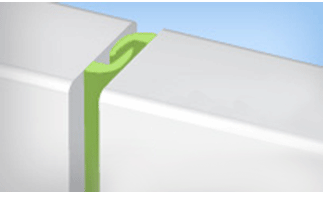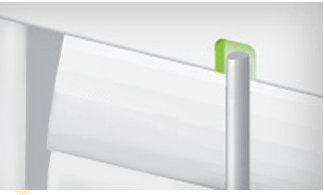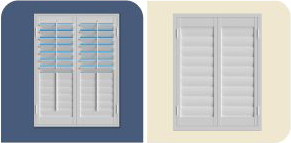How Window Shutters Give You Control Over Room Temperature
Closed shutters are the next best barrier against the variable temperature and wind in Dover, coming right after windows. Other window treatments such as blinds, shades, and draperies block most of the temperature from the outdoors, not all. And, where your window treatment’s quality means the difference between a pleasant seat next to the window and one that’s not, Polywood® shutters are your best choice.
We make Polywood shutters from a synthetic polymer. Polywood shutters insulate up to 70% better than a similarl traditional wood shutter. As a matter of fact, the Polywood Shutter Insulating System blocks as much as 30 degrees of airflow and lessens heat transfer by 45.96%. This means energy savings for you – and total room temperature control.
Your home’s heating and cooling system will work faster now that you’ve insulated against most of the impact from the outside weather. When you want to feel some of the light and be more exposed to the outside temperature, simply tilt the louvers and adjust them the way you’d like. You can get more window treatment temperature control by closing your shutters completely.
How to Close Your Shutters for Optimal Temperature Control
There are two parts of your shutters that ought to be closed to seal off outside temperature: the panels and the louvers.
To properly close your Polywood shutter panels, swing them toward the window. As you push the panels into the shutter frame, check that the pieces of weatherstripping interlock along the vertical ends of your shutters.

To properly close your louvers, push the tilt rod toward the louvers and ensure that the top of the tilt rod fits into the “mouse hole” just above the top louver. It is best to run your hand up the tilt rod, pushing in as you go. This is especially true for taller shutters. Sometimes a soft push at the bottom of the tilt rod isn't enough and leaves gaps at the top.

-1.jpg)

